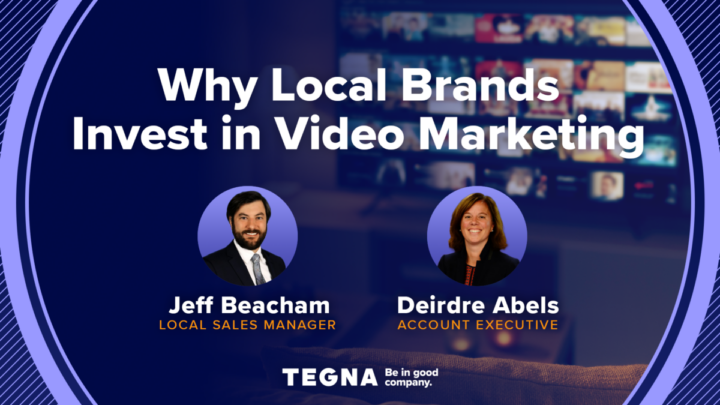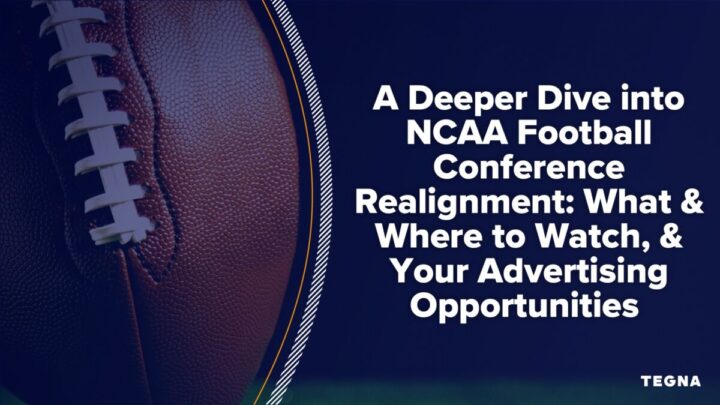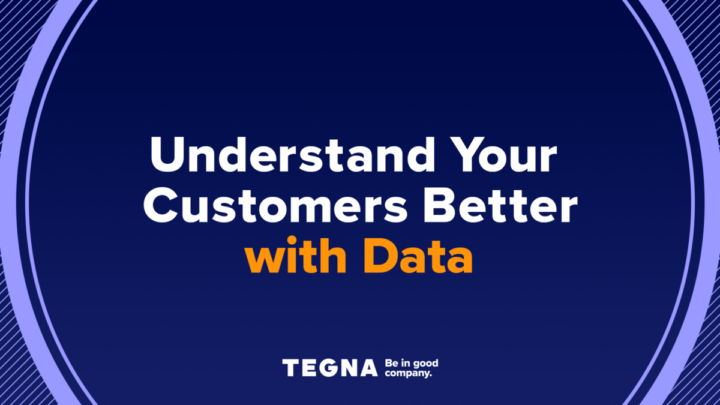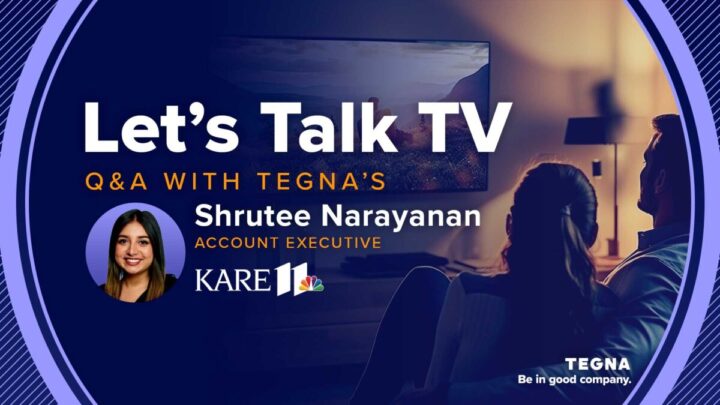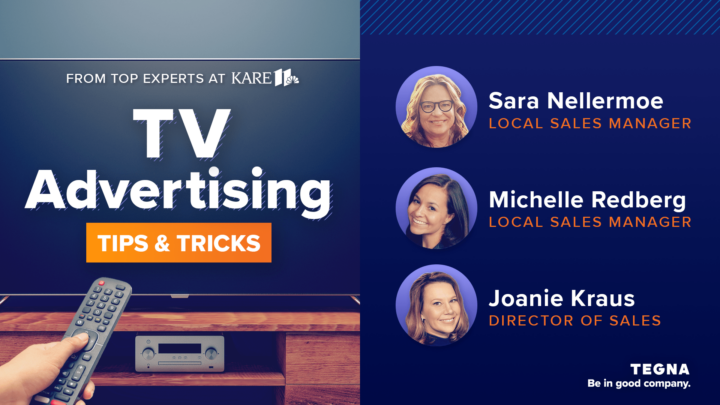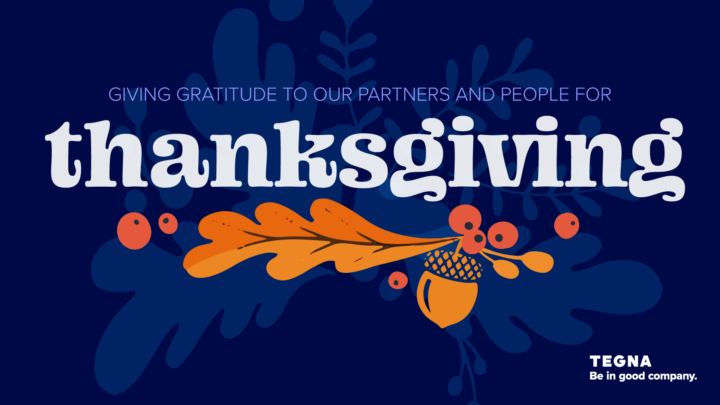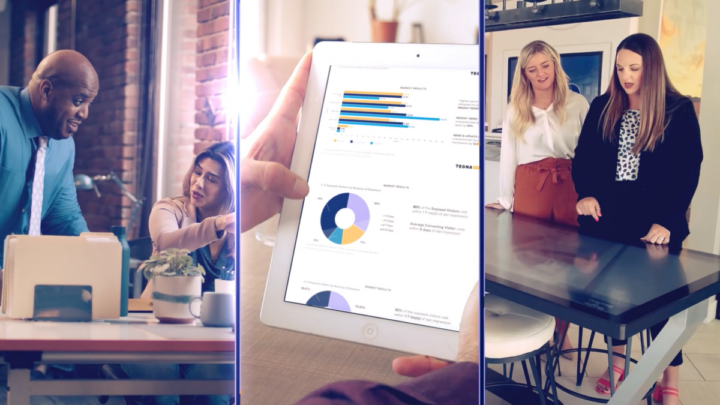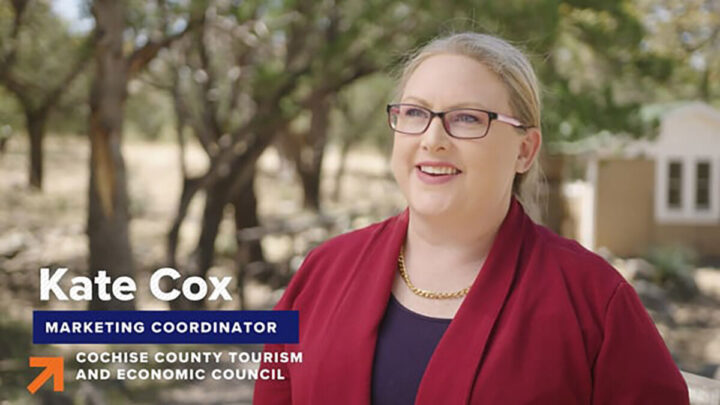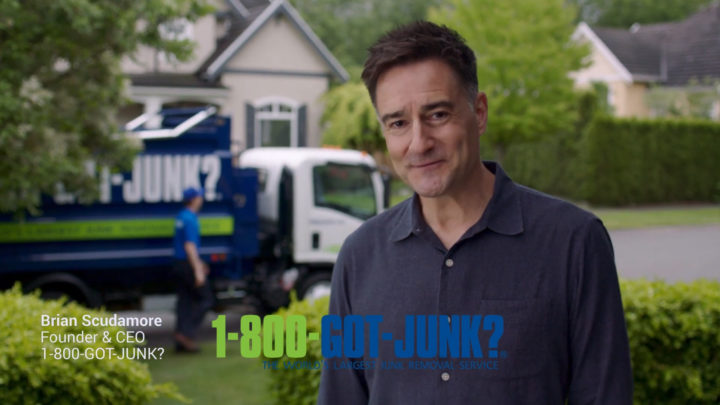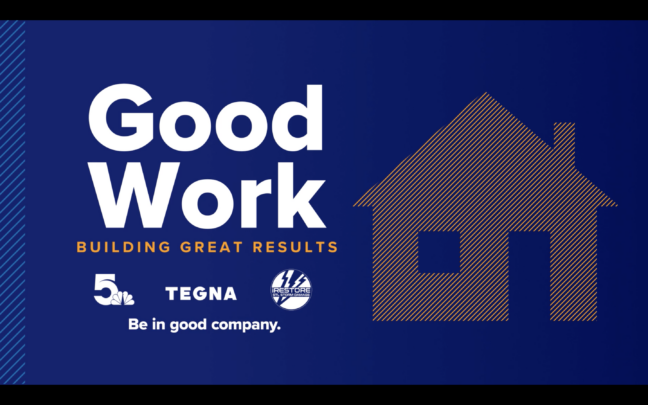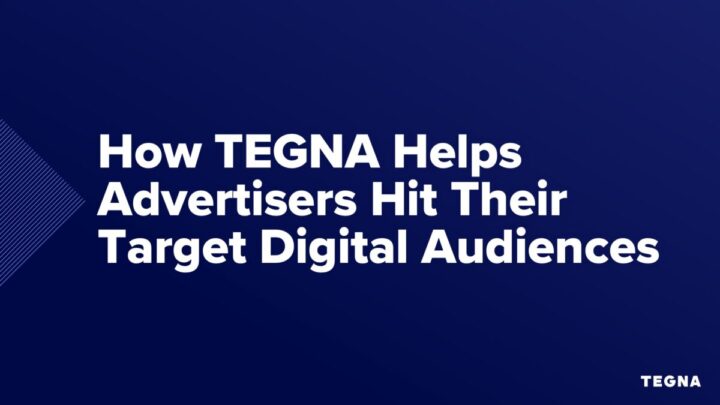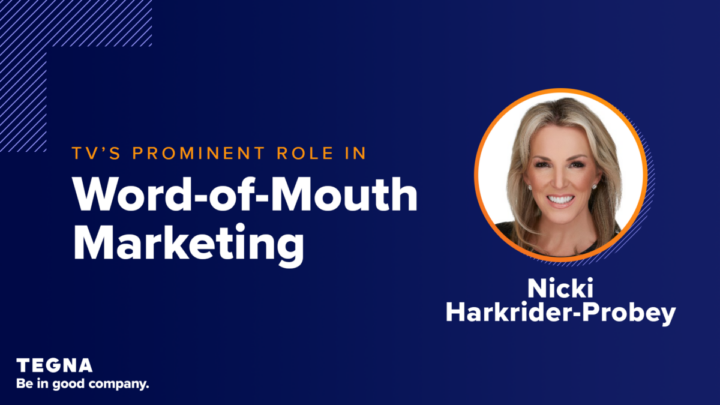Let’s Talk TV: The Power of Combining Linear + Streaming TV with TEGNA’s Gen Z Rising Star, Shrutee Narayanan at KARE 11

Editor’s Note: This is the first article in a series featuring TEGNA sellers from across the country.

As viewing habits evolve across an ever-changing media landscape, Team TEGNA launched our first-ever Sales-in-Residence program in partnership with the NAB and the Media Sales Academy to bring in young and diverse talent to help our partners understand the benefits of TV advertising to help them grow their businesses.
Shrutee Narayanan, a Gen Z rising star and standout from the program, is now an Account Executive at TEGNA’s KARE 11 in Minneapolis. We sat down with her to get her unique and fresh perspective and insights on the current media landscape, what’s working for her partners, and her tips on how brands can maximize their advertising budgets.
Benefits of Linear Broadcast Advertising
Q. What makes you believe in the power of broadcast?
A. Broadcast advertising is a really effective way to reach a large audience and make a brand known to its target audience and the general public. It’s ideal for brands trying to get awareness and mass exposure in industries that provide services for everyone, like healthcare. But every industry can benefit from broad exposure, especially industries trying to generate new customers and leads.
And that’s just to start.
Community Connection
We always tell our clients that KARE isn’t just our call letters. We’re known as KARE because we give back to the community and care about what’s happening and why. That’s important because many of our advertisers are local and want to align themselves with a brand that positively impacts the community. So, when our partners advertise within our station, they’re an extension of our brand, and that’s just positive reinforcement for viewers to trust and buy from their brand.
We also have the benefit of TEGNA being our parent company. We can help our partners extend their reach beyond local. With KARE, you have a local audience, and with multi-market campaigns, for example, adding St. Louis or Grand Rapids into your campaigns, you can reach local audiences across the country as you see fit.
Live Events & Increased Viewership
On top of that community connection, broadcast is the leader for live events and sports. Not only are they our biggest and most-watched programming, but they’re also a huge revenue driver for advertisers. Honestly, live and marquee events are the biggest marketing vehicles I can think of.
Take the Olympics as an example. You can watch highlights the next day, but viewing that Gold Medal moment in real time glues people to their TVs. There’s that excitement of being there in the moment. The action is right in front of you as it’s all happening.
For advertisers, this translates into great ad recall. As we see with the Super Bowl, viewers aren’t just thinking about the game itself. They’re also thinking and talking about the commercials.
At the end of the day, live events are just full of so many feel-good moments that people of all ages want to watch and engage in.
What are the Benefits of Streaming TV Advertising?
Q. Broadcast isn’t the only way to advertise on TV. What makes you believe in the power of streaming TV?
A. It’s funny. How do you define streaming? It’s nuanced. As a whole, streaming is when a viewer sees advertising through an internet-connected TV or device. Knowing the difference when we throw in terms like CTV and OTT is important. I consider CTV an internet-connected TV (big screen), whereas OTT encompasses TV and other devices like tablets, laptops, and phones (many screens).
Extended Reach
For me, I don’t watch TV on my TV in the morning; I watch it on my phone. With streaming, brands can extend their reach to an even bigger audience. I think overall, it’s really important to have a strategy that reaches people where they’re watching and isn’t limited to just the big screen.
Messaging also needs to be on multiple platforms, as it really helps improve ad recall. Viewers can familiarize themselves with your brand because they saw you on TV, but they don’t necessarily click on a TV. They’re making those decisions and taking action when they’re on mobile devices and laptops. It’s important to be where consumers can click.
Precise Targeting
Thanks to the digital capabilities, brands can get much more targeted with their streaming tv efforts. Brands with more clear-cut and defined target audiences can benefit greatly here because you can get super precise with who you’re trying to reach.
How Linear TV and OTT Ads Work Together
Q. Now that we know the benefits of broadcast and streaming, why is combining broadcast and streaming so important for advertisers?
A. Both linear and streaming are super important in a marketing strategy, but depending on budget and marketing goals, an advertiser may think one channel might be more relevant. But honestly, I always stress the importance of a strategy that has both. Linear and streaming work hand in hand together.
When you pair both ad delivery platforms together, you’re maximizing reach and can achieve national scale. At the end of the day, everyone in the US watches TV. It just depends on how and where they’re consuming it. What we’re seeing on our end as people in the media industry is that there’s minimal overlap between both audiences and that people prefer viewing on one platform or the other. So it’s important to be everywhere.
The Future of Linear TV and OTT Streaming Advertising
Q. What advancements in TV advertising are you seeing, and how are these advancements helping to make TV advertising more effective?
A. Television has been known to be more of a correlation-based marketing strategy for a long time. For example, when an advertiser runs a commercial on broadcast, their phones start ringing off the hook. We can’t know that those phone calls are coming in because of the commercial airing (unless we directly ask the caller), but we certainly will have a hunch that’s why they are calling – there’s a correlation.
Measurement, Attribution, & Optimizations
But now, with a tool like TEGNA Attribution, we can measure that closed loop of someone seeing your commercial and taking action on that commercial. We can work with our partners to measure the success of a campaign and then use that information to optimize. If we know where and when consumers are watching your media, we can get more targeted and hone in on what’s working well and what may not be working. Optimizations like these can really help further a campaign’s reach to the right audience at the right time.
Q. What optimizations have you helped clients with using TEGNA Attribution data?
I am always looking closely at A/B tests with the creative to see if one ad performs better. For example, I’m currently running an OTT campaign with a dermatologist, and we’re targeting ages 55+ with three different commercials. One shows a busy mom with younger kids, one shows an elderly person, and the third is a teenager. In targeting a 55+ audience, you’d think the creative with an elderly person would resonate more. But, we’re finding that the creative with the busy mom is performing the best.
At the end of the day, you can make assumptions about what you think people will resonate with, but that could look very different once you’re A/B testing creatives – and the attribution data has all those answers.
Q. What other creative elements have some of your partners incorporated into their campaigns?
QR codes are interesting, especially when you tie in attribution. But I think they work for some brands better than others, and it’s all dependent on the code’s call to action. If a QR code has the same call-to-action as “visit the website,” users might do that anyway, especially if they know the brand well. I’m seeing that the CTA is more effective for things like app downloads.
As another example, I was working on an OTT campaign for an app-based company that wanted to increase app downloads. Their creative showed a QR code, and they wanted to know who was downloading their app from the QR code versus other means. As I mentioned, I watch a lot of TV on my phone, and I can’t necessarily scan a QR code that way. If I’m watching TV on my phone and I see something that intrigues me, I’ll take a screenshot or action on it right away.
In this case, we added app attribution to enhance the campaign and measure app downloads without the QR code. So then we measured how many people saw their ad and then downloaded their app through one avenue or another. Seeing who viewed the ad and downloaded the app versus those who scanned the QR code was actually quite fascinating.
Unlock the Benefits of OTT & Linear TV Ads with TEGNA
Utilizing cross-channel marketing is a crucial approach for brands of all shapes and sizes. Tying together TEGNA’s linear TV, CTV/OTT streaming, and digital solutions enables brands to craft an unforgettable and persuasive campaign, ultimately boosting ROI and growing business. Discover how our marketing and advertising solutions can elevate your brand. Let’s get in touch.
